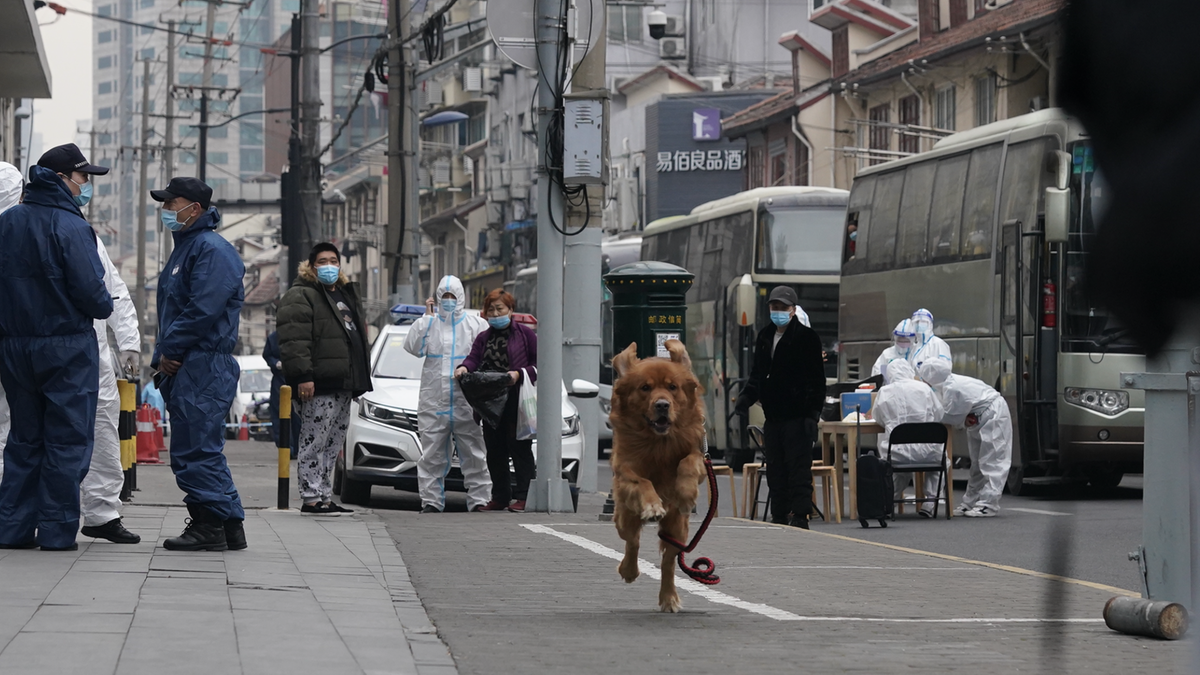Shanghai quick to contain coronavirus outbreak


Wu said these factors determined the level of risk at a venue.
She added that those infected were encouraged to go through their digital consumption records, shopping receipts, and phone call and online chat records in order to remind themselves where they had been and those they met during the past two weeks.
"An individual's recollection of seemingly unimportant things is very important for us to trace possible interaction, and helps us decide what steps to take next," she said.
Pan Hao, deputy head of Shanghai's front-line COVID-19 working team, said that if an infected person took a taxi, the team members assessed the level of risk posed to the cab driver.
Factors considered include whether the passenger sat in the front or back of the taxi, whether the windows were open, if the person wore a mask correctly throughout the trip, and whether he or she paid digitally or with cash.
Sun Xiaodong, deputy director of the Shanghai Municipal Center for Disease Control and Prevention, said the routes taken by those infected with the virus and people suspected of carrying it need to be traced meticulously.
"Such timely, accurate and scientific epidemiological investigation work gives us confidence that we have screened all chains of virus transmission. As a result, we can precisely determine the number of people who need to be screened, instead of imposing mass testing," he said.
- Shanghai demonstrates ecological protection, building a green future
- Lithium battery spontaneously combusts on flight from Hangzhou in China to Seoul, no injuries reported
- China-EU university presidents' dialogue advances education
- Foreign vloggers immerse themselves in the cultural heritage of Shanxi
- Hunan's traditional crafts turn heads at Paris fashion show
- Company's initiatives highlight Xinjiang's shift to low-carbon gas transportation




































